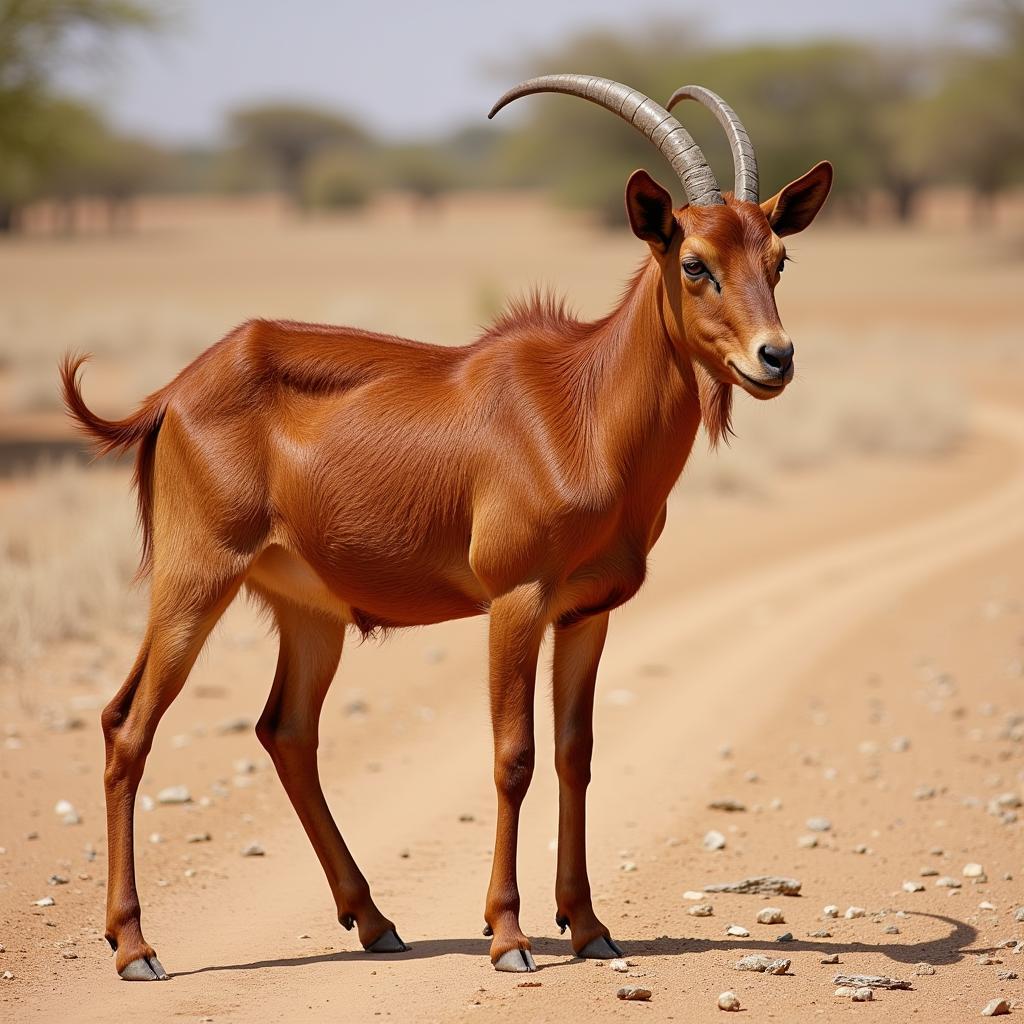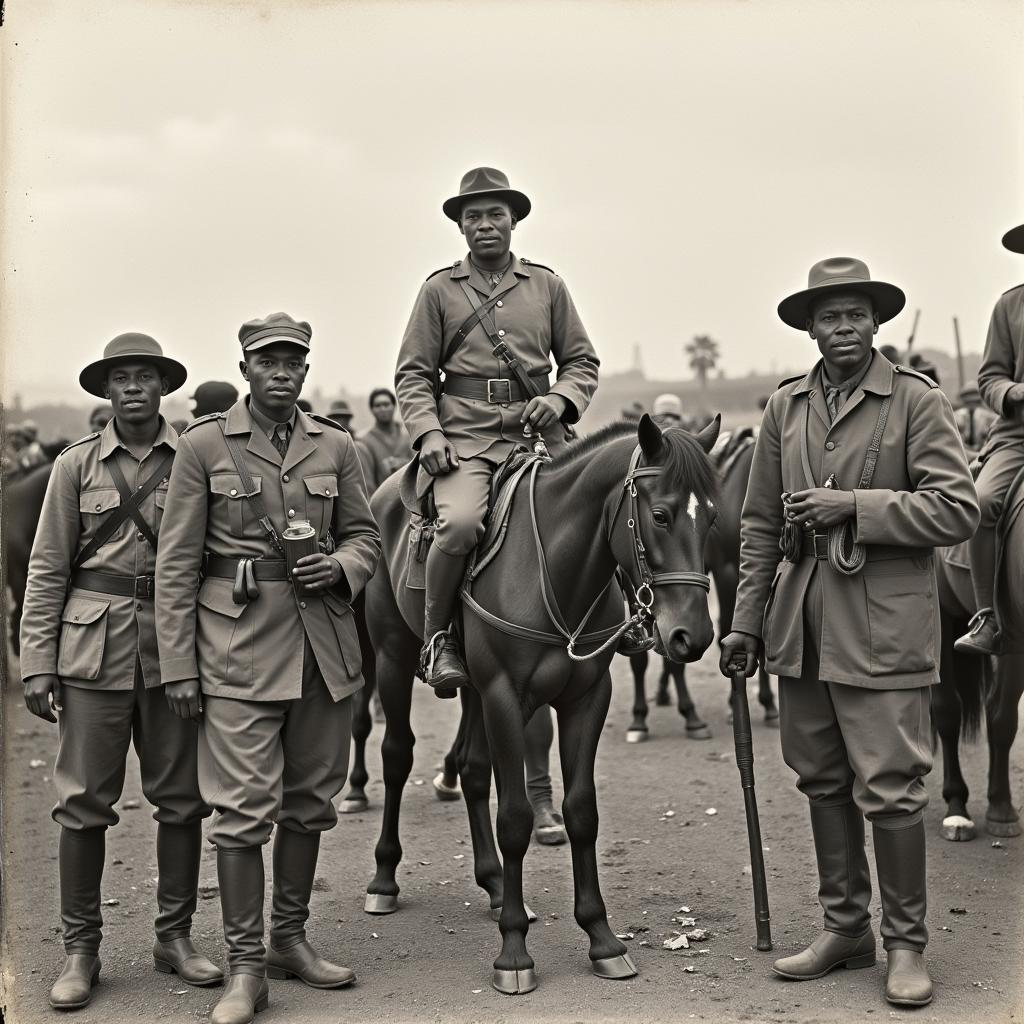The African Grey Hornbill: A Striking Symbol of the Savanna
The African Grey Hornbill, with its distinctive oversized beak and raucous call, is a captivating sight to behold in the African savanna. This iconic bird, known scientifically as Tockus nasutus, is much more than just a pretty face. It plays a crucial role in its ecosystem and boasts a fascinating array of behaviors and adaptations.
Appearance and Characteristics
The African grey hornbill is a medium-sized bird, measuring around 40-50 centimeters in length. Its most notable feature is its enormous, curved beak, which can make up almost a third of its body length. Despite its size, the beak is surprisingly light, thanks to a honeycomb-like structure that makes it strong yet porous. The beak is adorned with a distinctive casque, a bony growth on the upper mandible that serves a variety of purposes, from amplifying its calls to attracting mates.
The African grey hornbill’s plumage is predominantly gray, with a white belly and a black band across the chest. The wings are black, with prominent white markings that are visible in flight. The tail is long and black, with white tips. Males and females are similar in appearance, although males tend to be slightly larger with a more prominent casque.
Habitat and Distribution
African grey hornbills are found throughout sub-Saharan Africa, from Senegal in the west to Ethiopia in the east, and south to South Africa. They prefer savanna woodlands, open forests, and thornbush habitats, where there are plenty of trees for nesting and foraging. They are often found in close proximity to water sources, as they need to drink regularly.
Diet and Foraging
These birds are omnivores, with a diet that consists of a wide variety of fruits, insects, small reptiles, and amphibians. They use their powerful beaks to probe the ground, bark, and crevices in search of food. Their strong beaks are also used to crack open hard-shelled prey, such as snails and beetles.
Nesting and Breeding
African grey hornbills are monogamous birds that form strong pair bonds. They are known for their unique nesting behavior. The female selects a natural cavity in a tree, often an old woodpecker hole, and seals herself inside using a mixture of mud, droppings, and fruit pulp. She leaves only a small opening through which the male can deliver food to her and the chicks. The female remains sealed inside the nest for the duration of the incubation and chick-rearing period, which can last for several months.
Vocalizations
African grey hornbills are highly vocal birds, and their calls are a familiar sound in the African bush. Their calls are loud and raucous, often described as a braying or honking sound. They use a variety of calls to communicate with each other, including alarm calls, contact calls, and courtship displays.
Conservation Status
The African grey hornbill is currently listed as “Least Concern” by the International Union for Conservation of Nature (IUCN). However, some populations are facing threats from habitat loss, hunting, and the illegal pet trade.
The African Grey Hornbill and African Culture
The African grey hornbill holds a special place in African culture and folklore. In some cultures, it is revered as a sacred bird, while in others, it is seen as a symbol of good luck or a harbinger of rain. Its distinctive beak and calls are often featured in traditional stories and songs.
Interesting Facts
- The African grey hornbill can live for up to 50 years in captivity.
- They are highly intelligent birds and have been known to use tools to extract food.
- The casque on the beak is hollow and can be used as a resonating chamber to amplify the bird’s calls.
- They are social birds and often gather in large flocks, especially outside of the breeding season.
Conclusion
The African grey hornbill is a fascinating and charismatic bird that plays an important role in its ecosystem. Its unique appearance, nesting behavior, and loud calls make it a memorable sight and sound for anyone lucky enough to encounter it in the wild. By understanding and appreciating the African grey hornbill, we can help to ensure that this iconic species continues to thrive in its natural habitat for generations to come.
FAQ
1. What is the lifespan of an African grey hornbill?
African grey hornbills can live for up to 50 years in captivity, but their lifespan in the wild is typically shorter, around 20-30 years.
2. Why does the African grey hornbill have such a large beak?
The African grey hornbill’s large beak is an adaptation for feeding. It allows them to probe the ground, bark, and crevices in search of food, as well as crack open hard-shelled prey.
3. How do African grey hornbills raise their young?
African grey hornbills have a unique nesting behavior where the female seals herself inside a tree cavity for the duration of the incubation and chick-rearing period. The male delivers food to her and the chicks through a small opening.
4. Are African grey hornbills endangered?
The African grey hornbill is currently listed as “Least Concern” by the IUCN. However, some populations are facing threats from habitat loss, hunting, and the illegal pet trade.
5. What do African grey hornbills eat?
African grey hornbills are omnivores and their diet consists of a wide variety of fruits, insects, small reptiles, and amphibians.
For any further questions or assistance regarding African grey hornbills or other aspects of African wildlife, please contact us at:
Phone Number: +255768904061
Email: kaka.mag@gmail.com
Address: Mbarali DC Mawindi, Kangaga, Tanzania.
We have a 24/7 customer support team ready to assist you.


